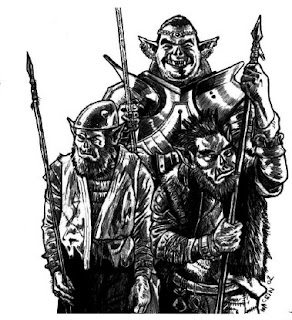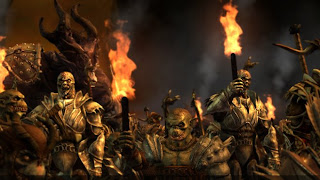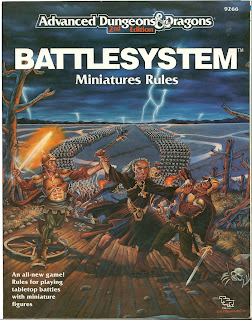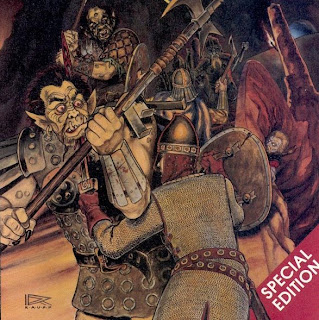GUIDELINES FOR LEGION OF DOOM TROOPS -Varigated from...

... The Evil Henchman's Guide Before performing guard duty, familiarize yourself with the sound of a tossed pebble, and learn to avoid being distracted by it. When performing guard duty, do not stare continually in one direction, but take a moment now and then to look around. And while you're pulling guard duty, if anyone shows up with a prisoner transfer or maintenance job, and you don't know about it, arrest them on the spot. When you are fighting intruders, do not fight them quietly, but yell "Intruder!" while you still have breath. When issued armor or uniforms that contrast with the service environment, respectfully inquire after more sensibly-colored attire. Get plenty of missile-weapon practice. Don't attack the hero alone or in pairs. The Evil Overlord hired a million of you for a reason. Learn how to lead from the rear and command from afar, just like the Evil









